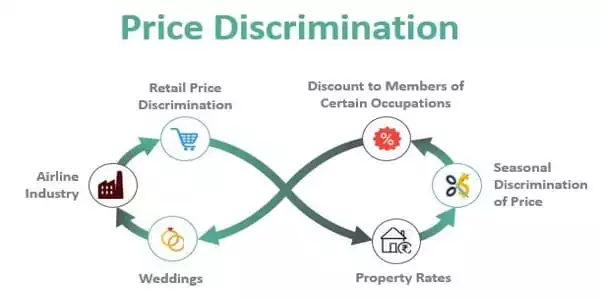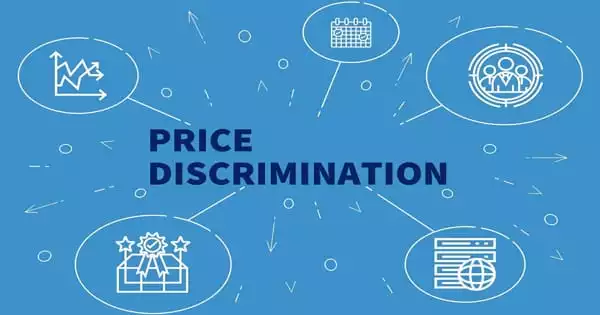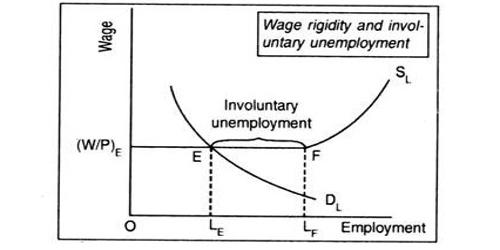Price discrimination is a sales approach in which the seller charges customers various prices for the same product or service based on what the vendor believes the customer will agree to. It is a microeconomic pricing strategy in which the same provider sells identical or nearly similar goods or services at various prices in different marketplaces. The vendor charges each customer the greatest amount they will pay in pure price discrimination. It differs from product differentiation in that the production costs for the variously priced products included in the latter strategy are significantly higher. In more typical kinds of price discrimination, the vendor divides clients into groups based on particular characteristics and charges a different price to each group.
Price differentiation is based mostly on variations in customers’ willingness to pay and demand elasticity. It is practiced on the seller’s assumption that customers in specific groups can be asked to pay more or less based on demographics or how they value the product or service in issue. Price discrimination can only succeed if a corporation has market power, such as a dominant market share, product uniqueness, sole pricing authority, and so on. Price discrimination raises all prices over the equilibrium price in a completely competitive market. However, under price discrimination, certain prices may be cheaper than the price charged by a single-price monopolist.
In general, the goal of price discrimination is to capture the market’s consumer surplus. This surplus exists because, in a market with a single clearing price, some customers (the group with very low price elasticity) would have been willing to pay more than the single market price. It is most valuable when the profit earned as a result of separating the markets exceeds the profit earned as a consequence of keeping the markets united.

Price discrimination shifts a portion of the surplus from the customer to the producer/marketer. It’s a strategy for increasing monopolistic profit. Pricing discrimination allows a corporation seeking to increase sales to discover separate market segments, such as home and industrial users, with varying price elasticities. Manufacturers cannot engage in price discrimination in a properly competitive market since they make regular profit but not monopolistic profit.
It might be argued that a consumer surplus is not required in all cases, such as where fixed costs or economies of scale imply that the marginal cost of adding new customers is less than the marginal profit from selling more product. This means that charging some customers less than an equitable share of costs can be advantageous.
A high-speed internet connection shared by two consumers in a single building is an example of price discrimination; if one is willing to pay less than half the cost of connecting the building, and the other is willing to make up the rest but not the entire cost, then price discrimination allows the purchase to take place. This, however, will cost consumers as much as or more than if they pooled their funds to pay a non-discriminatory price. If the building is considered to represent the consumer, then a consumer surplus is distributed to the residents.
















